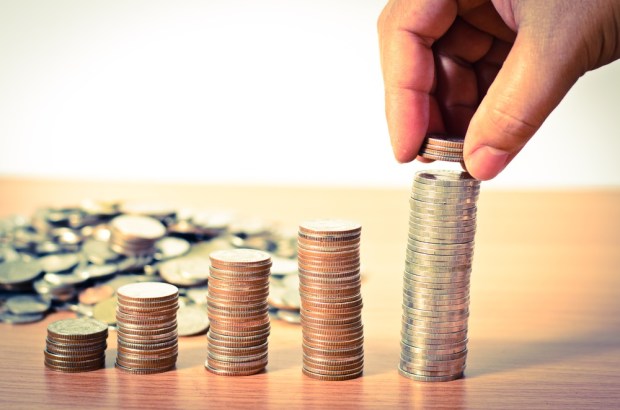Consumers Spend, Businesses Don’t Seem To Be

The tax cuts signed into law by President Donald Trump late last year were expected to spur a spending boost on the part of consumers and businesses around the country. While the consumers have done their job boosting spending, businesses haven’t been following suit, reported the Wall Street Journal.
According to a report in the Wall Street Journal, with about 80 percent of U.S. households getting a tax cut in 2018 and with the job market remaining strong, the economy has been booming. Consumer spending, according to the Commerce Department’s most recent data, grew at a 4 percent annual rate in the third quarter. For consumer-facing companies that has been welcome news, with attention focused on what Walmart and Nordstrom say about third-quarter earnings when they begin reporting this week. Analysts expect sales in the industry to be up 3.7 percent year over year.
But at the same time that consumer spending is surging, companies who benefited greatly in the reduction in the corporate tax rate to 21 percent from 35 percent aren’t spending an increased amount. In fact, according to the Wall Street Journal, capital spending on the part of companies has been slowing, with investments on the part of businesses growing at just 0.8 percent annual rate in the third quarter. In the second quarter, the rate was 8.7 percent, noted the paper. It also marks the slowest rate since the fourth quarter of 2016. The paper pointed to comments the Federal Reserve made after a policy meeting last week in which it said business spending “moderated from its rapid pace earlier in the year.”
What’s more, the WSJ noted that weakness in monthly order figures for capital goods recently implies that the slowdown in business spending will continue in the quarter. Instead of using the tax cuts to increase investments, they have largely returned it to shareholders in the form of stock buybacks and dividend increases. For the first half of 2018, companies in the S&P 500 have spent $600 billion collectively to buy back shares or on dividends. That’s up from $142 billion a year earlier, noted the report.
